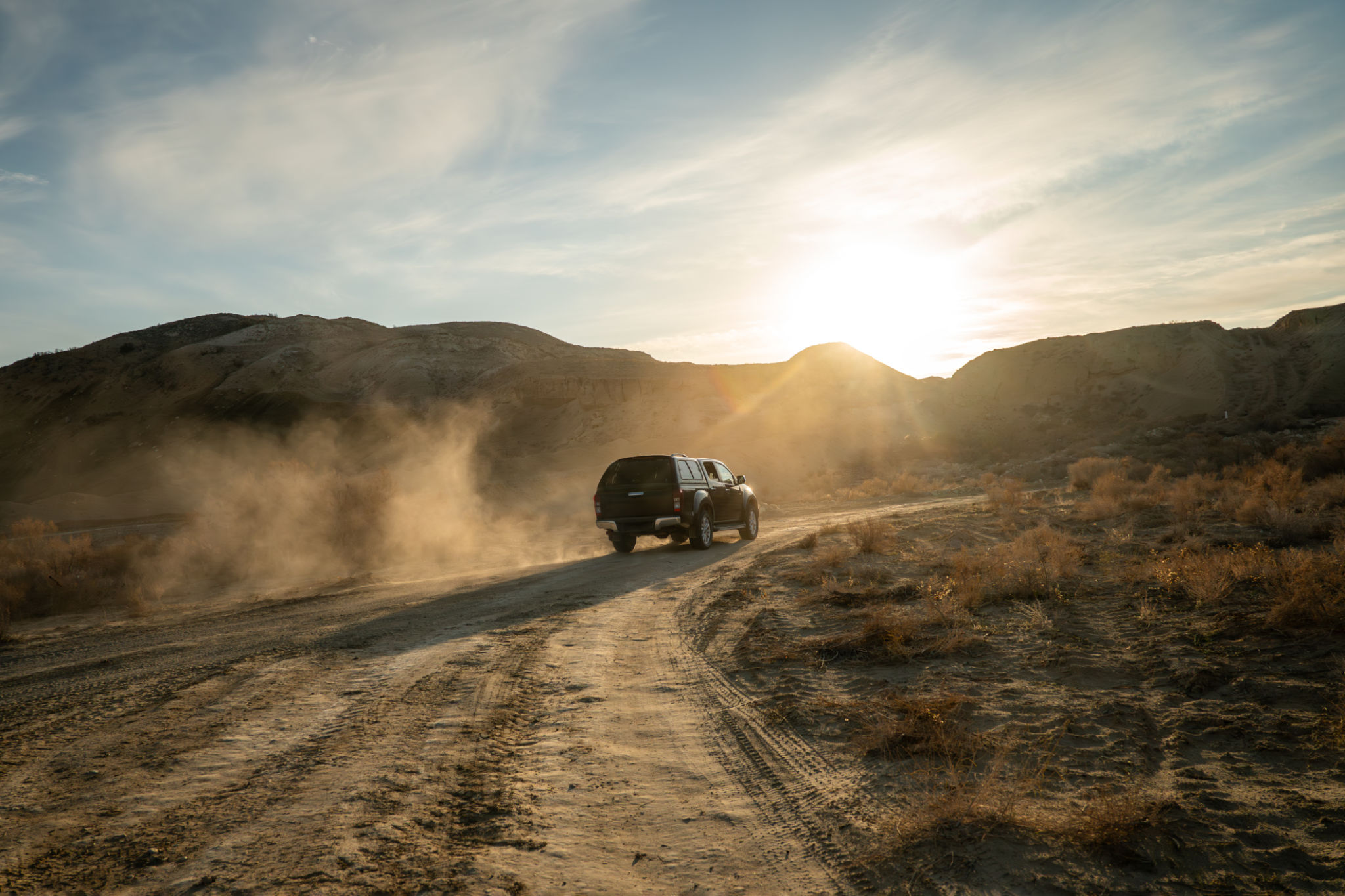The Importance of Rugged Design in Off-Road Medical Vehicles
The Critical Role of Rugged Design
In off-road medical vehicles, the concept of rugged design is not just a preference but a necessity. These vehicles are tasked with the critical job of reaching remote and often inaccessible areas to deliver essential medical care. A rugged design ensures that they can withstand harsh conditions, ensuring both reliability and safety in emergency situations.
Off-road medical vehicles must navigate through tough terrains, including rocky paths, muddy trails, and steep slopes. This requires robust engineering and construction to prevent breakdowns and ensure that medical personnel and patients remain safe. The rugged design is thus a pivotal aspect of vehicle construction aimed at maximizing functionality and durability in challenging environments.

Essential Features of Rugged Off-Road Design
A rugged off-road design encompasses a range of features that collectively enhance the vehicle’s performance. These features include:
- Enhanced Suspension Systems: Designed to absorb shocks and provide stability on uneven surfaces.
- Durable Tires: Equipped to handle varied terrains while minimizing punctures and wear.
- Reinforced Chassis: Built to withstand physical impacts and ensure structural integrity.
Additionally, these vehicles often include powerful engines to navigate steep inclines and advanced braking systems for safe descents. These features are essential for maintaining vehicle control in unpredictable conditions, which is crucial for the timely delivery of medical assistance.

Meeting the Challenges of Remote Medical Access
The primary purpose of off-road medical vehicles is to provide healthcare access to remote and underserved communities. Rugged design plays an integral role in overcoming geographical barriers that would otherwise hinder medical intervention. By ensuring that these vehicles can traverse difficult landscapes, healthcare providers can offer timely support in emergencies, potentially saving lives.
This accessibility is particularly vital in regions prone to natural disasters where conventional infrastructure may be compromised. In such scenarios, the ability of a medical vehicle to reach affected areas swiftly can make a significant difference in the outcome of rescue operations.
Technological Innovations in Rugged Design
The field of rugged vehicle design is continuously evolving, with technological advancements enhancing both performance and sustainability. Innovations such as lightweight yet durable materials and energy-efficient engines contribute to making these vehicles more effective and environmentally friendly.

Moreover, modern off-road medical vehicles are increasingly equipped with advanced communication systems to maintain contact with healthcare facilities. This ensures that medical teams can coordinate effectively during emergencies, further highlighting the importance of rugged design coupled with cutting-edge technology.
The Future of Off-Road Medical Vehicles
As technological advancements continue to emerge, the future of off-road medical vehicles looks promising. The integration of autonomous driving technology may soon become a reality, further enhancing the capabilities of these critical vehicles. This would allow for greater precision in navigating treacherous terrains and reduce the risk of human error.
Ultimately, the emphasis on rugged design in off-road medical vehicles underscores the commitment to improving healthcare access and outcomes in challenging environments. By investing in robust design features and embracing new technologies, these vehicles will continue to serve as lifelines for communities in need.
